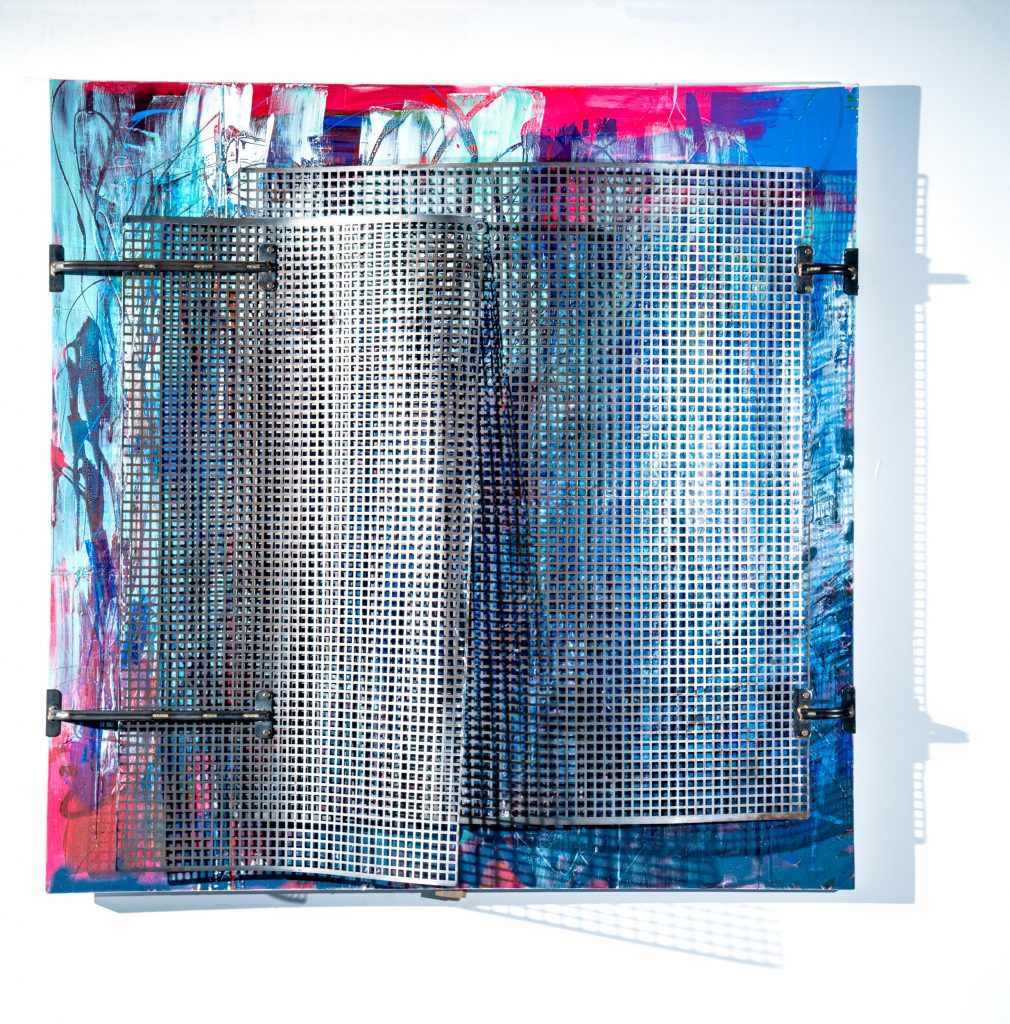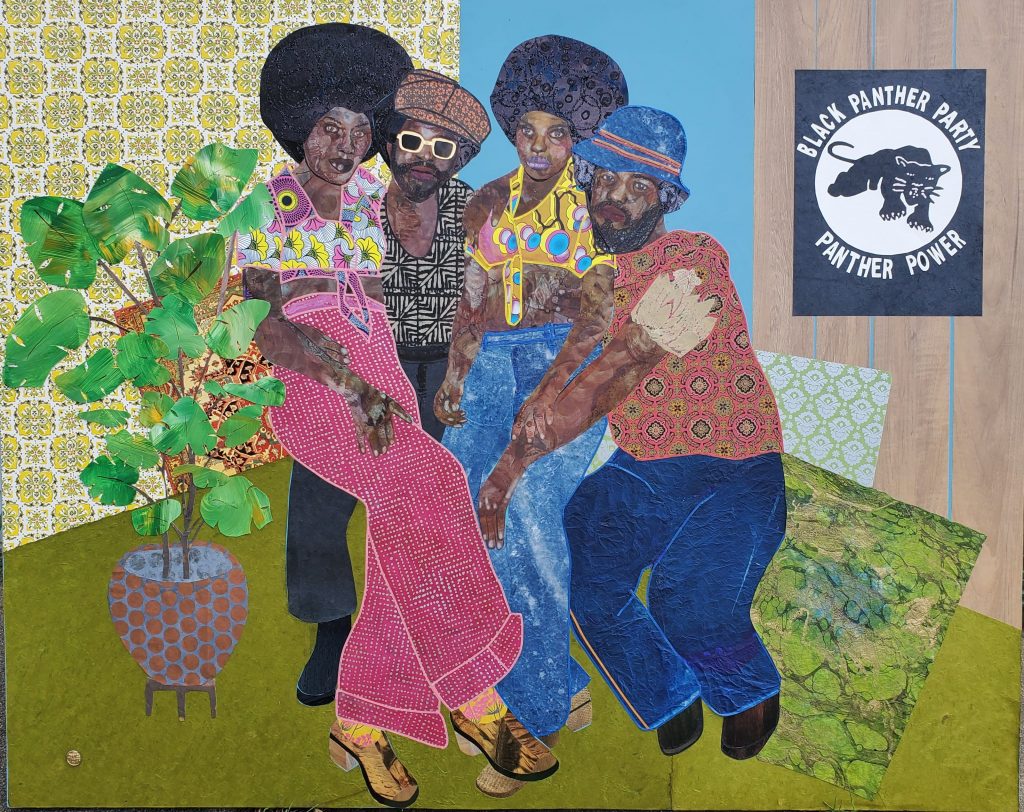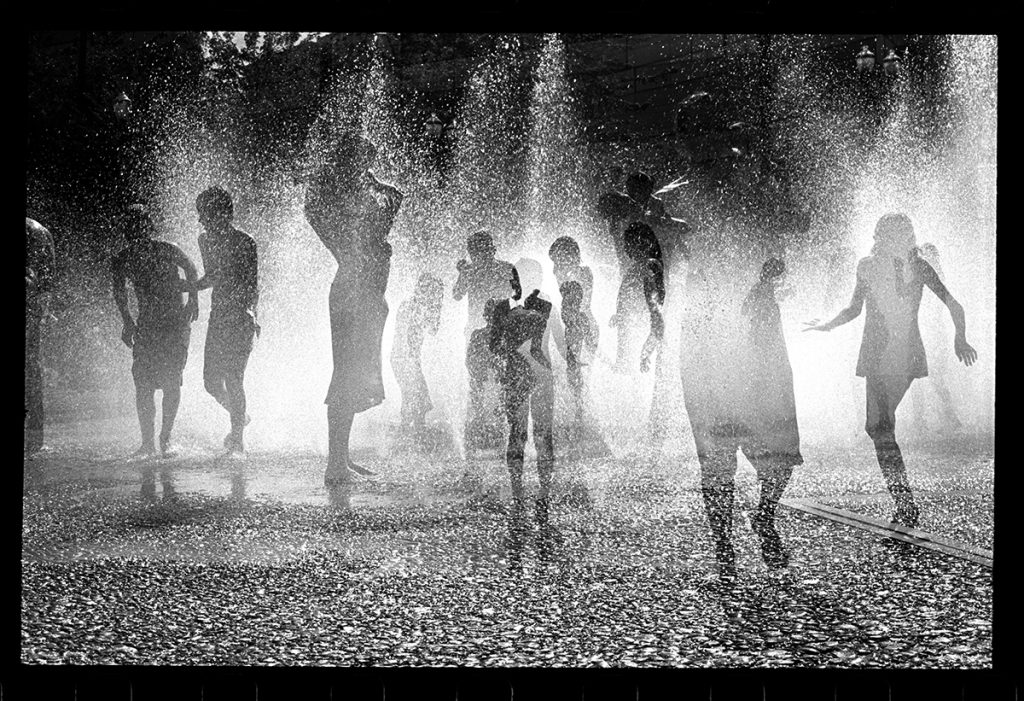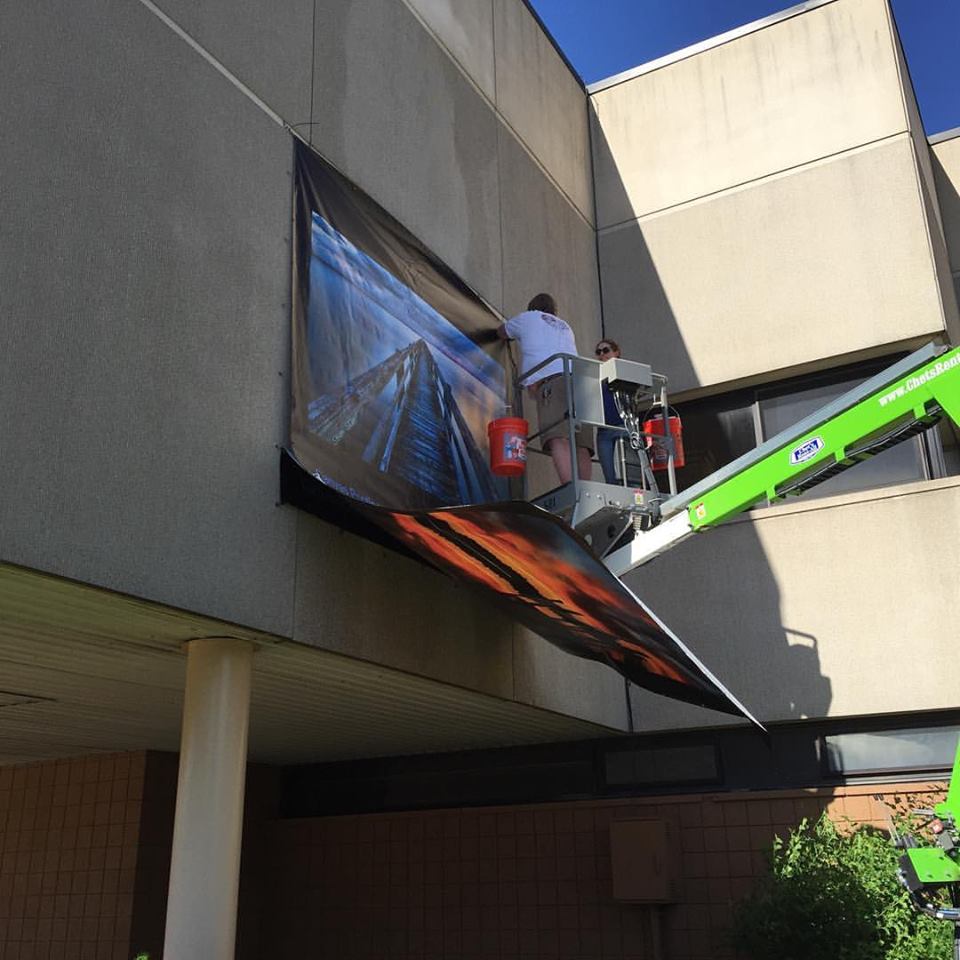When it comes to photographing your art, quality is going to be a core concept – if not the main concept. As obvious as it may or may not seem, the first step should be cleaning your lens. Beyond that, the goal is to show your art as true to life as possible without the need for a complete editing makeover before you consider submitting your art to any contest. Think about it – if judges can’t see your art in person (yet), you’ll want to be able to express just how phenomenal your art is, no matter the format. If you can’t represent the quality in a photograph submission, there’s a chance your art may get overlooked, unfortunate as it may seem.
Think of it this way – pretend you’re trying to sell your art. The judges are the shoppers. You want to be able to grab their attention, so much so that it’s going to make them “stop the scroll.” You want to stand out, and the way to stand out is to have an image that is just as high quality as the creation that you’ve made. It’s ingrained in us as humans to be drawn to things that are aesthetically pleasing, so higher-quality submissions will not only naturally increase your chances of winning, but give you the best opportunity to do so.
First Thing’s First – Consider Hiring a Professional
Did you know there are photographers who specialize in art or product photography? Yes – it’s true. A $3,000 prize is a lot of money, so if you can swing the cost to hire a professional photographer, it may significantly increase your chances of winning.
We talked to Kristina Nicole, a professional handmade product photography coach, so if hiring someone to take photos for your submission isn’t in your budget, we still have some awesome tips to share so that you can get the absolute best quality from the camera you already have – even if that means you’re working with just a smartphone.
About That Smartphone…
A smartphone camera is an incredible option. Although there are some limitations to using a smartphone camera, they can be easily overcome if you follow these simple steps. You want to get the most out of the camera itself, so don’t be afraid to play with your camera settings, especially when it comes to setting focus – not just setting focus on your phone but making sure it’s on the product – providing proper lighting, and adjusting exposure if necessary. Your camera just doesn’t know, so adjusting the appropriate settings helps to keep the image sharp.
Prep Your Background
Your art should be the center of attention, so the background shouldn’t be distracting, and all other distractions should be removed. Opt for a clean, neutral, solid-colored background, such as gray or white, and don’t add any “accessories.”
Provide Stability & Proper Lighting
If you have a tripod on-hand, use it! If not, you can use something as simple as an empty box to prop your smartphone up and stabilize the shot. Even holding the phone closer to your body when shooting significantly increases its stability. You’d be surprised at just how much our hands tend to move when taking photos.
Make sure your setup is in an area that provides proper lighting as well. That means you want to have enough light – not too little and not too much. Add side light to show texture or reflections.
Need Support?
Pop into Kristina Nicole’s Facebook group: Product Photography Help for Makers | Learn to Take Your Own Product Photos. As a professional handmade product photographer, she’s more than equipped to help you replicate the quality and true-to-life color of your art, which are some of the biggest struggles for most. Join her free group to ask questions, get help with lighting setups, tips, and so much more!




